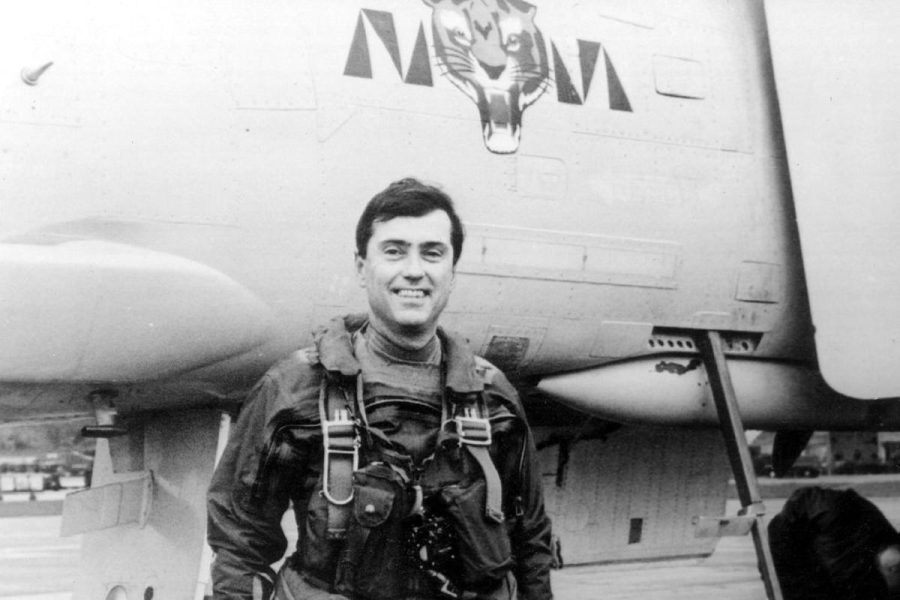Col. Kenneth W. Cordier, an F-4 fighter pilot who was shot down over North Vietnam and spent more than six years as a prisoner of war, died June 18 at age 87.
Cordier grew up in Ohio and was commissioned in the Air Force through the University of Akron ROTC program. He became a Minuteman missile launch officer and instructor, but in 1963 was accepted for pilot training, earning his wings in 1964. He completed F-4 Phantom II training and served with the 45th Tactical Fighter Squadron at MacDill Air Force Base, Fla., deploying with it to Ubon Royal Thai Air Force Base in January 1965. He flew 59 combat missions from Ubon.
In June 1966, Cordier volunteered for a second tour in Vietnam and was assigned to Cam Ranh Bay Air Base, South Vietnam.
He earned his first Silver Star in November 1966, leading an F-4 flight to attack a target in North Vietnam. The citation reads in part that Cordier’s “first pass in the target area drew heavy hostile reaction and his wingmen were downed on their initial passes. Completely disregarding his own personal safety, Capt. Cordier immediately initiated rescue procedures and delivered his remaining ordnance on the nearby target. [He] then remained in the area to provide assistance to inbound rescue aircraft until his low fuel state dictated his departure from the area.”
On Dec. 6, 1966, on his 176th combat mission, Cordier was flying an F-4C, escorting a B-66 over North Vietnam, when his group took heavy ground fire. Cordier made attacks on anti-aircraft positions, until his F-4 was struck by an anti-aircraft missile and he ejected. He was quickly taken captive and was held and tortured over the next 2,284 days, ultimately being repatriated as part of Operation Homecoming on March 4, 1973.
Due to his injuries during captivity at four different sites in North Vietnam, Cordier required hospitalization and convalescent leave but stayed in the Air Force and requalified to fly fighters.
After attending the Armed Forces Staff College and earning a Master’s degree from Troy State University, Ala., he was operations director first at Holloman Air Force Base, N.M., and then at Sembach Air Base, West Germany.
In 1976, assigned to Headquarters of U.S. Air Forces in Europe, at Ramstein Air Base, West Germany, Cordier was chief of the War Plans Division, where he was credited with making early use of threat-based computer modeling to establish weapons stockpile requirements for the European theater.
He later served as air attaché to the United Kingdom. Cordier retired from the Air Force in 1985 as a colonel.
Among his military awards were two awards of the Silver Star, the Legion of Merit, the Distinguished Flying Cross, a Bronze Star medal with “V” for Valor device, six awards of the Air Medal, the POW medal, the Purple Heart, and Defense Superior Service Medal. He amassed more than 2,000 flying hours during his Air Force career.
After retirement, he worked as a representative of British Aerospace in Washington, D.C. He also held leadership positions with a number of veterans organizations—as president of the NAM-POWs and the Red River Valley Fighter Pilots Association, and as a member of the Airpower Foundation Advisory Board, among others—and served as a private management consultant.
He wrote a book about his combat and POW experiences, “Guardian Eagle: A Fighter Pilot’s Tale,” with Chris Snidow.
Cordier led five veteran trips to Vietnam, visiting former prisons with fellow POWs, both to bring closure to their experience and improve U.S.-Vietnamese relations.


